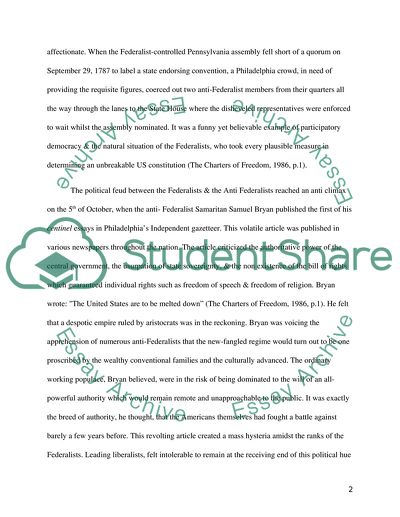Cite this document
(“The American Constitution Research Paper Example | Topics and Well Written Essays - 1750 words - 1”, n.d.)
Retrieved from https://studentshare.org/history/1430988-the-american-constitution
Retrieved from https://studentshare.org/history/1430988-the-american-constitution
(The American Constitution Research Paper Example | Topics and Well Written Essays - 1750 Words - 1)
https://studentshare.org/history/1430988-the-american-constitution.
https://studentshare.org/history/1430988-the-american-constitution.
“The American Constitution Research Paper Example | Topics and Well Written Essays - 1750 Words - 1”, n.d. https://studentshare.org/history/1430988-the-american-constitution.


